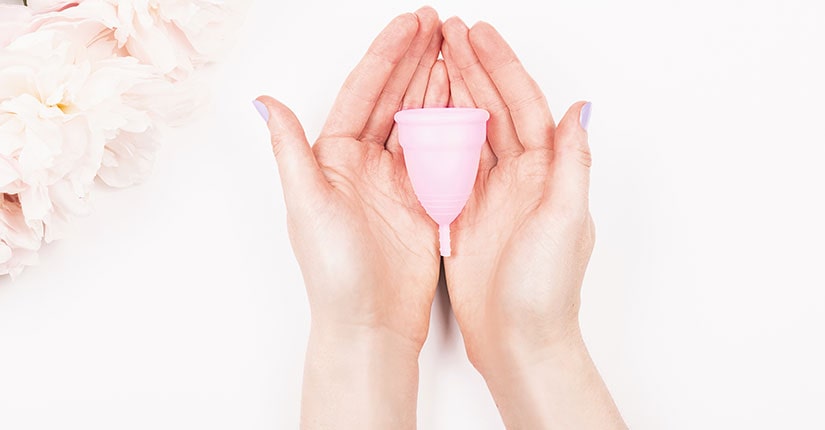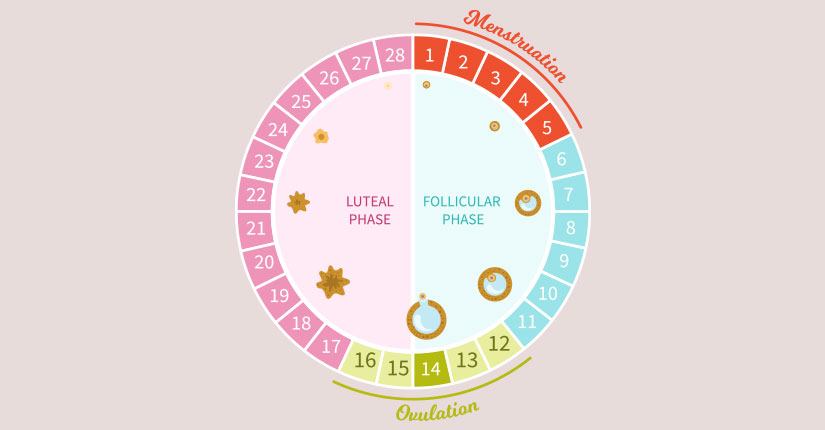Menstrual hygiene for cancer prevention
By Nmami Agarwal 28-Feb 2023 Reading Time: 2 Mins

Menstrual hygiene is defined as the practice of using clean materials to absorb menstrual blood safely, hygienically, and as needed throughout the duration of the menstrual cycle.
Menstrual hygiene management (MHM) practices vary by socio-cultural factors like educational background and economic status.
Hygiene-related poor practices of females are considered important because it can increase vulnerability to Reproductive Tract Infections (RTI). Poor menstrual hygiene is one of the major reasons for the high prevalence of RTIs in the country and contributes significantly to female morbidity.
The body’s immunity level being poor during the time of menstruation unsanitary practices lead to ailments, some of which might even lead to chronic, like cervical cancer.
There is an association between socio-cultural factors, environmental conditions, menstrual hygiene practices and reproductive tract infections as shown above.
Cervical cancer is the second most common female tumor worldwide and its incidence is disproportionately high. Poor menstrual hygiene practices of using old cloth and disposal in the open are significant risk factors of cervical cancer.
Because carcinogenic human papillomavirus (HPV) infections cause virtually all cervical cancer, two new approaches for cervical cancer prevention have emerged apart from good hygiene practices:
1) HPV vaccination to prevent infections in younger women (≤18 years old)
2) Carcinogenic HPV detection in older women (≥30 years old).
Together, menstrual hygiene, HPV vaccination and testing, if used in an age-appropriate manner, have the potential to prevent cervical cancer.





















